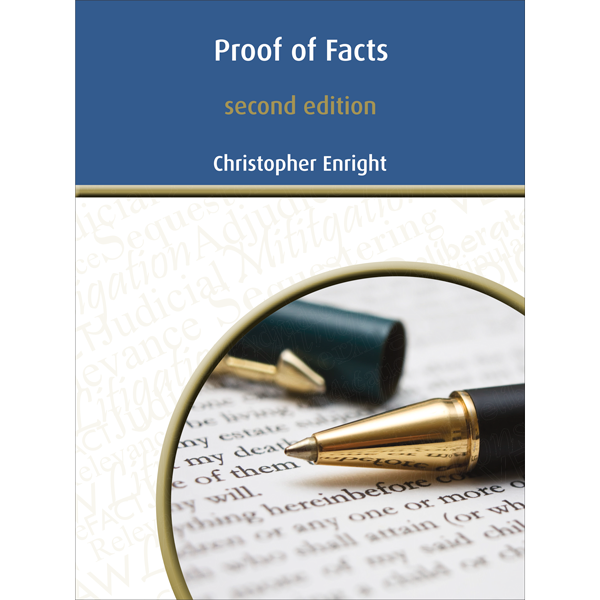
Proof of Facts (2nd Edition)
Little attention is paid in law schools to the reasoning processes for proving facts. This book seeks to rectify this problem. It contains a four-step model for proving facts.
Sales price $80.00
Sales price without tax $72.73
Tax amount $7.27
by Christopher Enright
Lawyers of all kinds – attorneys, solicitors, barristers, judges, tribunal members and member of the public service – need to prove facts for the purpose of making adjudicative decisions. But despite this widespread need, little attention is paid in law schools to the reasoning processes for proving facts. This book seeks to rectify this problem. It contains a four-step model for proving facts. These steps are located on a scale of proof running from 0% to 100%:
- Step 1. Starting Point. This step identifies the point on the scale of proof where a prosecutor (in a criminal case) and a plaintiff (in a civil case) are located when the case commences. Each is located on 0%. This is the rule as to the onus of proof, or the burden of proof as it is also called. It is also the basis of the presumption of innocence. This is the point from which both a plaintiff and a prosecutor start the proof of their case.
- Step 2. Versions of Truth. In Step 2 each party presents to the court their version of the truth of the case.
- Step 3. Probability of Truth. In Step 3 the court, aided by submissions from the parties, assesses the prob- ability that each party’s case is true. It does this by reliance on cognitive science, induction, deduction and deeming provisions and sources such as intuition and common sense. This is the most intense, difficult and uncertain of the four steps. Ideally a court would make a numerical assessment of these probabilities. In practice this is not possible given the nature and complexity of a disputed case in law.
- Step 4. Finishing Point. The finishing point is the point on the scale of proof that a prosecutor (in a criminal case) and a plaintiff (in a civil case) must attain in order to win their case. This is the standard of truth that a prosecutor or plaintiff must achieve. Lawyers conventionally refer to it as the standard of proof. Step 4 in- volves determining whether the prosecutor or plaintiff has reached this point. In other words, Step 4 involves determining whether they have determined their case to the required degree of proof. If they have reached the required finishing point. This means that they win the case. If they have not reached the finishing point, they lose the case.
276 pages softcover
About the Author
Christopher Enright is a chartered accountant, barrister and solicitor. He has lectured in law at several universities. He specialises in legal method.

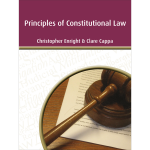 Principles of Constitutional Law
Principles of Constitutional Law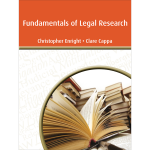 Fundamentals of Legal Research
Fundamentals of Legal Research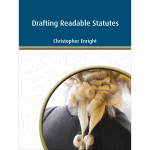 Drafting Readable Statutes
Drafting Readable Statutes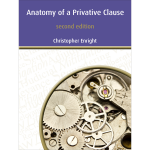 Anatomy of a Privative Clause (2nd Edition)
Anatomy of a Privative Clause (2nd Edition)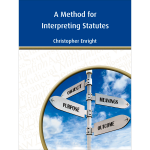 A Method for Interpreting Statutes
A Method for Interpreting Statutes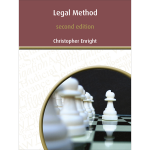 Legal Method (2nd Edition)
Legal Method (2nd Edition)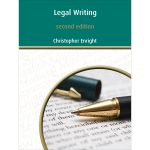 Legal Writing (2nd Edition)
Legal Writing (2nd Edition)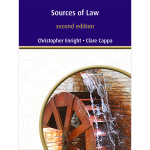 Sources of Law (2nd Edition)
Sources of Law (2nd Edition)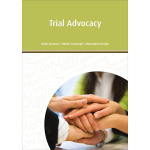 Trial Advocacy
Trial Advocacy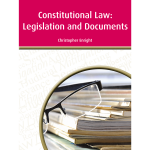 Constitutional Law: Legislation and Documents
Constitutional Law: Legislation and Documents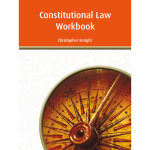 Constitutional Law: Workbook
Constitutional Law: Workbook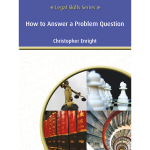 How To Answer a Problem Question
How To Answer a Problem Question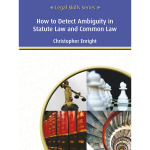 How To Detect Ambiguity in Statute Law and Common Law
How To Detect Ambiguity in Statute Law and Common Law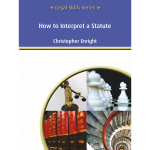 How To Interpret a Statute
How To Interpret a Statute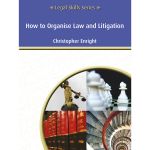 How To Organise Law and Litigation
How To Organise Law and Litigation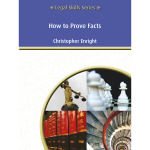 How To Prove Facts
How To Prove Facts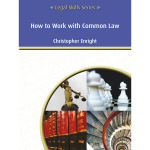 How To Work with Common Law
How To Work with Common Law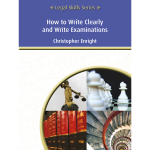 How to Write Clearly and Write Examinations
How to Write Clearly and Write Examinations